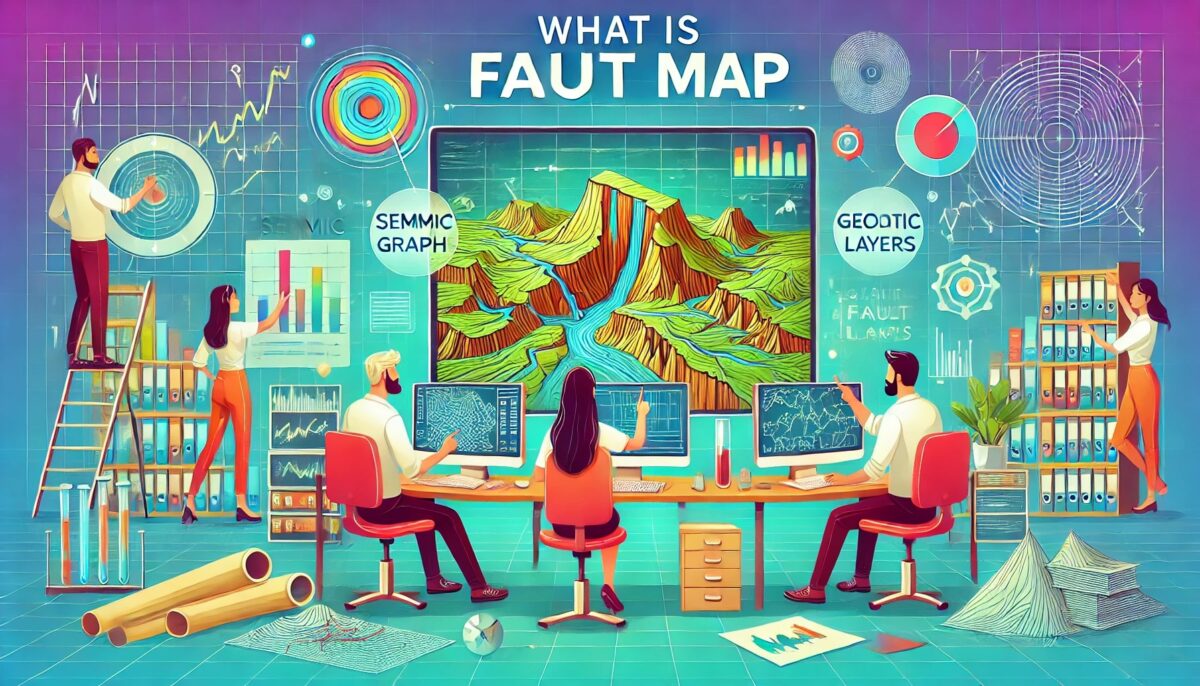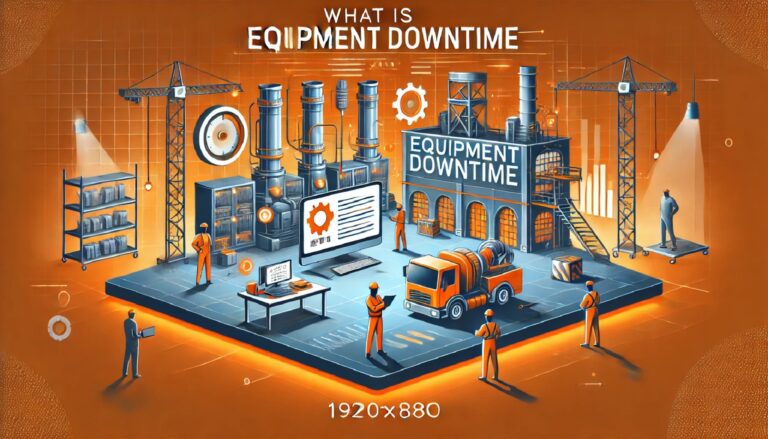Introduction
In the realm of infrastructure and utilities management, a fault map plays a pivotal role in identifying, managing, and resolving issues efficiently. This comprehensive guide explores what fault maps are, their significance in India’s infrastructure landscape, how they function, their benefits, and their application in various sectors.
Understanding Fault Maps
Fault maps are visual representations of infrastructure networks, highlighting areas where faults, failures, or issues have occurred or are likely to occur. These maps integrate real-time data, historical records, and predictive analytics to provide actionable insights for maintenance teams and decision-makers.
Importance of Fault Maps in India
India, with its diverse and expansive infrastructure networks spanning energy, transportation, telecommunications, and water management, faces significant challenges in maintenance and operation. Fault maps address several critical needs:
- Infrastructure Monitoring: By monitoring and mapping faults, organizations can proactively address issues before they escalate, ensuring uninterrupted service delivery.
- Operational Efficiency: Fault maps streamline maintenance workflows, enabling faster response times and optimizing resource allocation.
- Risk Mitigation: Identifying potential fault-prone areas allows for preemptive measures to mitigate risks, enhancing overall infrastructure resilience.
Components of a Fault Map
A typical fault map includes:
- Geospatial Data: Maps overlay infrastructure networks onto geographical locations, providing spatial context to fault locations.
- Fault Indicators: Icons, symbols, or color codes represent different types of faults, such as power outages, pipeline leaks, road closures, or communication disruptions.
- Data Integration: Real-time sensors, historical data, and predictive analytics feed into the fault map, ensuring up-to-date and accurate information.
Applications of Fault Maps in India
Fault maps find application across various sectors:
- Power and Energy: Monitoring electrical grids for outages, voltage fluctuations, and equipment failures to ensure reliable power supply.
- Transportation: Tracking road conditions, traffic disruptions, and infrastructure failures to optimize traffic management and maintenance schedules.
- Telecommunications: Identifying network failures, signal disruptions, and service outages to minimize downtime and improve connectivity.
- Water Management: Monitoring pipelines, detecting leaks, and managing water distribution systems to prevent wastage and ensure efficient delivery.
Technologies Driving Fault Maps
Advancements in technology play a crucial role in the development and deployment of fault maps:
- Geographic Information Systems (GIS): GIS platforms integrate spatial data with infrastructure networks, enabling visualization and analysis of fault data.
- Internet of Things (IoT): IoT sensors collect real-time data on infrastructure performance, feeding into fault detection algorithms and predictive models.
- Big Data and Analytics: Big data analytics process vast amounts of data to identify patterns, trends, and anomalies, enhancing predictive capabilities of fault maps.
Challenges and Considerations
Despite their benefits, implementing and maintaining fault maps pose challenges:
- Data Quality: Ensuring data accuracy, reliability, and consistency is critical for effective fault mapping.
- Integration Complexity: Integrating diverse data sources and legacy systems into a unified fault mapping platform requires robust infrastructure and interoperability.
- Privacy and Security: Safeguarding sensitive infrastructure data from cyber threats and unauthorized access is paramount.
Future Outlook
Looking ahead, the future of fault maps in India looks promising. As technology continues to evolve, integrating AI, machine learning, and predictive analytics will enhance the predictive and prescriptive capabilities of fault maps. This evolution will not only improve infrastructure resilience but also drive efficiencies and cost savings across sectors.
Conclusion
In conclusion, fault maps represent a crucial tool in India’s journey towards smart infrastructure management. By harnessing real-time data, predictive analytics, and advanced technologies, organizations can transform how they monitor, manage, and maintain critical infrastructure networks. Embracing fault maps isn’t just about mitigating risks; it’s about fostering resilience and ensuring sustainable development in a rapidly evolving landscape. By understanding the principles and applications of fault maps, stakeholders can leverage these insights to drive informed decisions, optimize operations, and deliver reliable services to communities across India.








